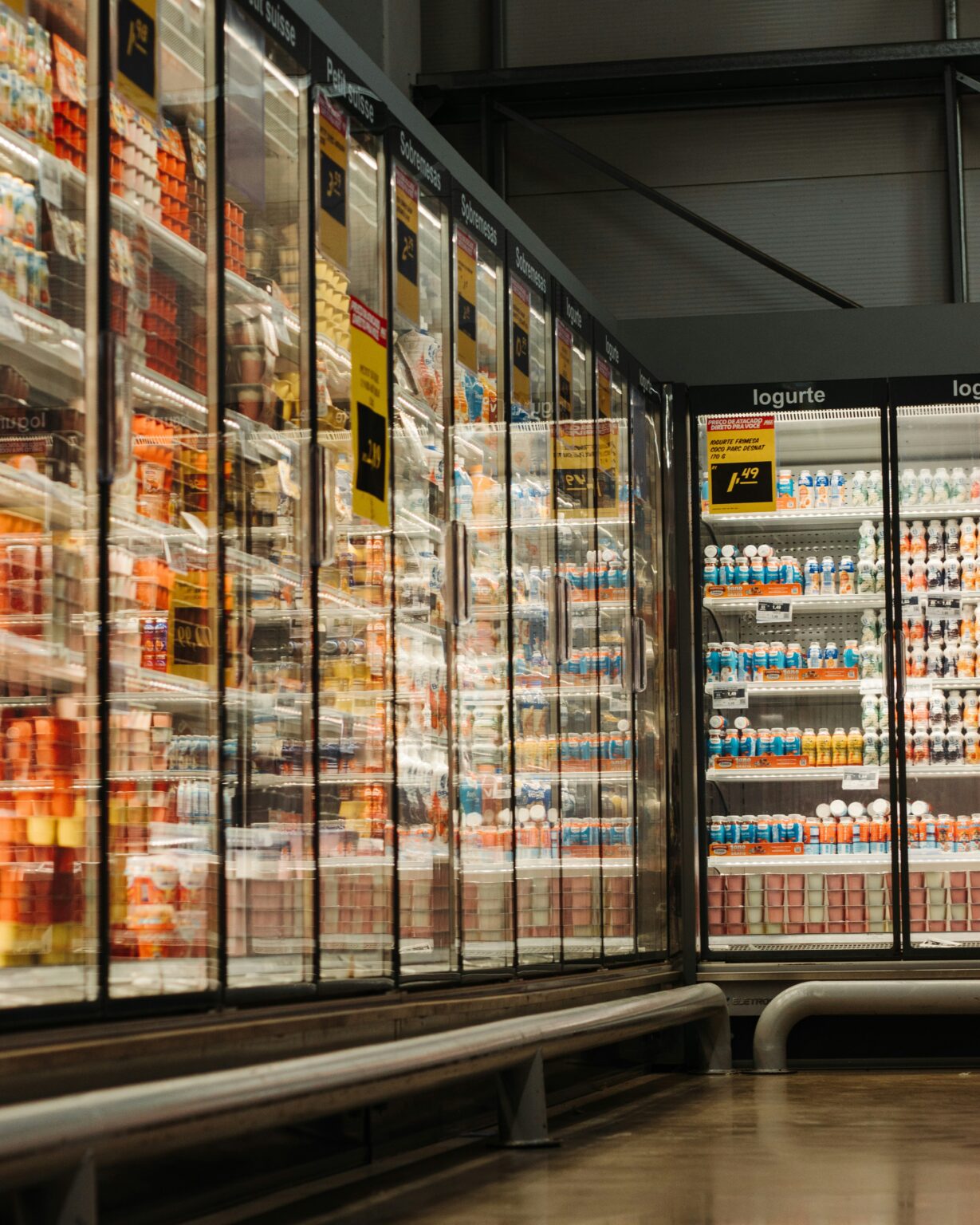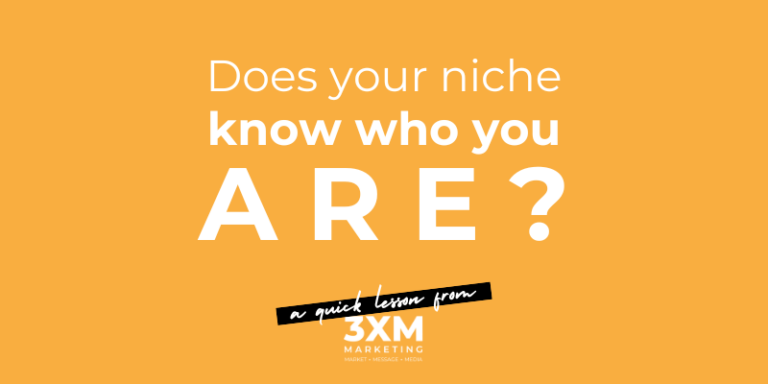I’ve got absolutely nothing against OneStop, but everything else being equal, I’ll probably go elsewhere for my lunch, thank you very much.
I’m sure I’m not alone – I doubt there are too many OneStop brand advocates out there (although Thom Smith is rather partial to their Chicken Caesar wraps).
After all, they offer a narrower range than many other shops and generally charge more for it too.
Less choice, more cost, what’s not to love?
Despite these two negatives, the Tesco-owned brand turns over £1 billion plus every year; that’s a serious chunk of change for a company no one loves.
How do they succeed despite offering an inferior level of choice for more than you’d pay elsewhere?
Simple: it’s a convenience store. The clue’s in the name.
In our case, there’s one around the corner from the office, so we often go there for milk and sandwiches, even though they’d be cheaper from the Tesco that’s three minutes’ further down the road.
It’s all too easy to fall into the trap of thinking that price is the number one consideration for all customers; especially when you’re selling a commodity.
But the truth is that there are always other factors at play – understanding them all and where they sit in the hierarchy of importance will help you create a proposition that compels, convinces and converts.
So what’s the number one reason people buy from you?





